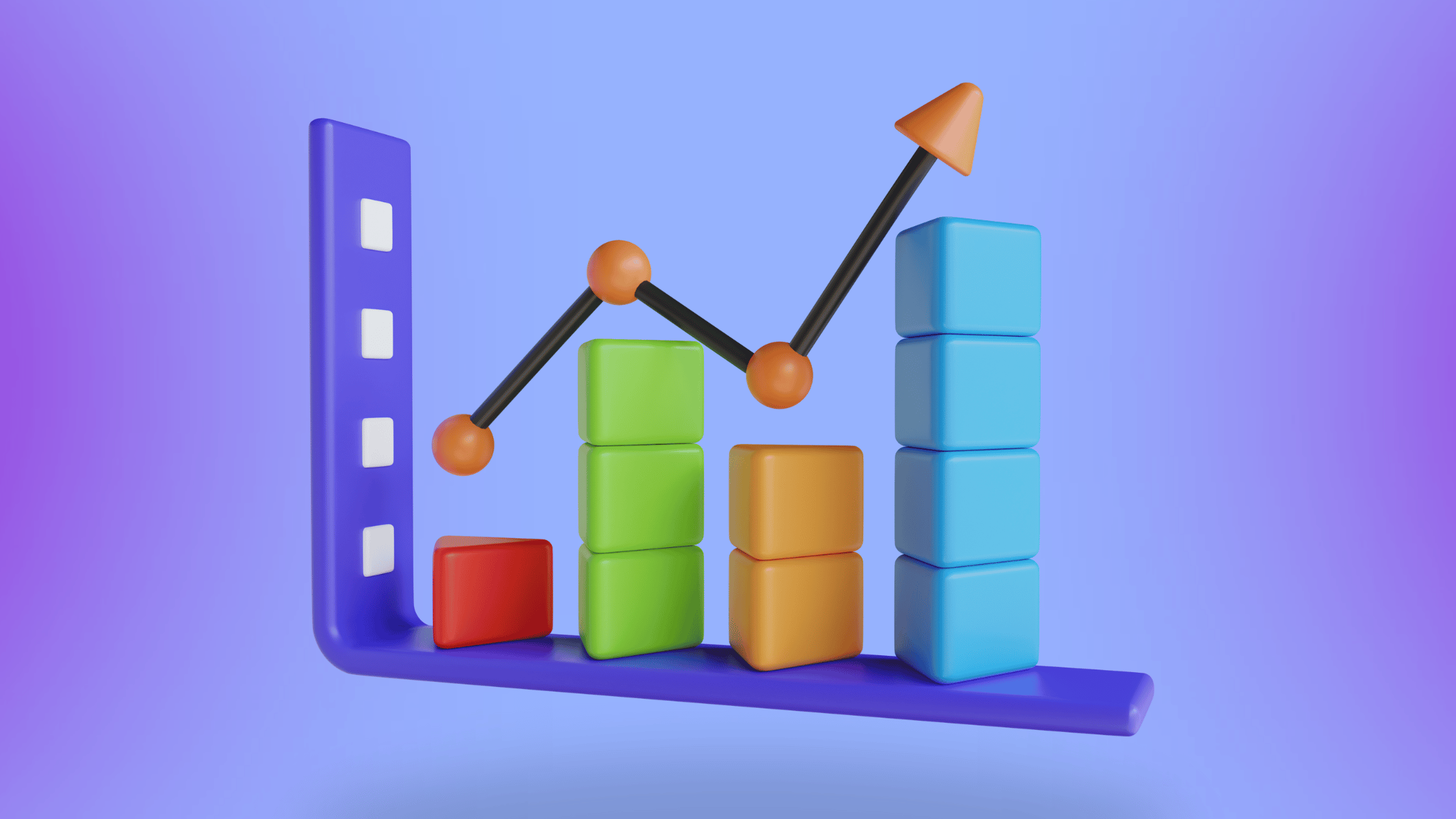As businesses continue to invest in social media as a crucial part of their marketing strategy, the need for effective measurement and analysis becomes paramount.
One of the key tools in this process is a social media analytics report. This report provides valuable insights into the performance and impact of social media efforts, helping businesses make data-driven decisions and optimize their social media marketing strategy.
In this article, we will explore what a social media analytics report includes and how it can benefit businesses.
Before diving into the details of a social media analytics report, let’s first understand what exactly social media analytics entails.
What is Social Media Analytics?
Social media analytics is collecting, analyzing, and interpreting data from various social media platforms to gain insights into audience behavior, engagement patterns, content performance, and overall campaign effectiveness.
It involves tracking key metrics such as followers, likes, shares, comments, click-through rates (CTR), conversion rates, sentiment analysis, and more. By monitoring these metrics over time and across different platforms, businesses can identify trends, uncover growth opportunities, measure the success of their campaigns, and uncover actionable insights to inform their decision-making.
What is a Social Media Analytics Report?

A social media analytics report is a comprehensive document that summarizes the findings from analyzing social media data. It provides a clear overview of the performance and impact of various social media marketing efforts. The report typically includes detailed information on key metrics, audience insights, engagement data, top-performing content analysis, sentiment analysis, and more.
The main purpose of a social media analytics report is to help stakeholders understand the effectiveness of their social media campaigns by providing actionable insights that can drive future strategies and tactics. The report acts as a guide to assess performance against predefined goals or benchmarks and make data-driven decisions to improve marketing outcomes.
5 Key Components of a Social Media Analytics Report
To effectively measure the success of social media campaigns, a comprehensive analytics report should include several key components.
Let’s explore each of these components in detail:
Performance Metrics and KPIs
One of the primary elements of a social media analytics report is KPI and other performance metrics
These metrics provide quantitative data on the success or failure of social media efforts. Some common performance metrics include:
- Reach: The number of unique users who have seen your content.
- Impressions: The total number of times your content has been displayed.
- Engagement: The level of interaction with your content, including likes, shares, comments, and clicks.
- Click-Through Rate (CTR): The percentage of users who clicked on a link in your post or ad.
- Conversion Rate: The percentage of users who took a desired action, such as making a purchase or signing up for a newsletter.
- Cost Per Click (CPC): The average cost incurred for each click on an ad or post.
Including these performance metrics in the report provides stakeholders with a clear understanding of how their social media efforts are performing and whether they are meeting their predefined goals and KPIs.
Audience Insights
Understanding your target audience is crucial for developing effective marketing strategies. A social media analytics report should include detailed audience insights to help businesses understand who their followers are, their interests, and how they engage with social media content. These insights can be gathered from demographic data such as age, gender, and location, as well as psychographic data like interests and preferences.
By analyzing audience insights, businesses can tailor their content to better resonate with their target audience, identify new market segments to target, and refine their overall messaging strategy.
Engagement and Interaction Data
Community Engagement is one of the critical indicators of the success of social media campaigns. A comprehensive social media analytics report should include data on engagement and interaction with your content. This data may include likes, shares, comments, retweets, mentions, and other forms of engagement.
Analyzing this data helps businesses understand which types of content resonate with their audience, which campaigns or posts drive the most engagement, and how users interact with their brand on social media platforms.
By identifying patterns in engagement data, businesses can optimize their content strategy to drive higher levels of engagement and ultimately achieve their marketing goals.
Top Performing Content Analysis

To guide future content creation efforts, a social media analytics report should include an analysis of the top-performing content. This analysis allows businesses to identify trends and patterns in the type of content that generates the most engagement and resonates with their audience.
The report may include information on the format (e.g., images, videos, infographics) that performs best, the themes or topics that attract the most attention, and the specific elements within each piece of content that drive engagement.
With this knowledge, businesses can create more targeted and impactful content to engage their audience better.
Sentiment Analysis
Understanding sentiment is crucial for managing brand reputation and customer satisfaction. A social media analytics report should include sentiment analysis to gauge how people talk about a brand or product on social media platforms.
Sentiment analysis categorizes user opinions as positive, negative, or neutral based on language cues and context. By analyzing sentiment data over time, businesses can identify emerging issues or potential crises early on and take proactive measures to address them. Sentiment analysis also provides insights into customer satisfaction levels and helps inform product or service improvements.
Things to Include in Your Social Media Analytics Report
When compiling your social media analytics report, it’s important to consider including additional elements that align with your specific business goals and objectives. Here are some other components you may want to consider:
Competitor Analysis:
Include a section comparing your social media performance with that of your competitors. This analysis can help identify areas where you’re excelling or falling behind and uncover opportunities for improvement.
Influencer Engagement:
If influencer marketing is a key part of your social media strategy, include data on influencer engagement. This may include metrics such as the number of influencers engaged, the reach and impact of their content, and the ROI generated from influencer partnerships.
Paid Advertising Analysis:
If you invest in paid advertising on social media platforms, include a section dedicated to analyzing the performance of these campaigns. This may include metrics such as ad reach, impressions, click-through rates, conversion rates, and cost per acquisition (CPA).
Customer Sentiment Analysis:
In addition to overall sentiment analysis, consider including a section specifically focused on customer sentiment. This can provide valuable insights into how customers perceive your brand and products/services, helping improve customer service and overall brand reputation management.
By tailoring your social media analytics report to include these additional components, you can gain a more comprehensive understanding of the effectiveness of your social media marketing efforts and make informed decisions to optimize your strategy.
Conclusion
A social media analytics report is an essential tool for businesses looking to measure the success of their social media marketing efforts. Businesses can gain valuable insights that inform future strategies and decision-making by including key components such as performance metrics and KPIs, audience insights, engagement data, top-performing content analysis, and sentiment analysis.
Remember that each business’s social media analytics report will be unique based on their specific goals and objectives.
By continuously monitoring and analyzing social media data, businesses can stay ahead of trends, optimize their marketing efforts effectively, and drive meaningful results in an ever-evolving digital landscape.






























